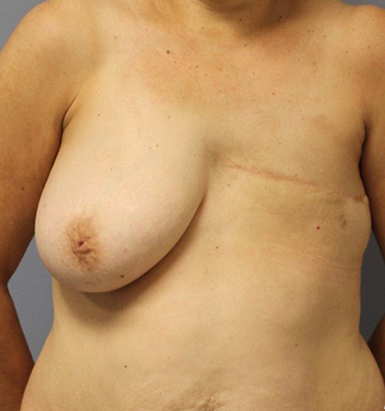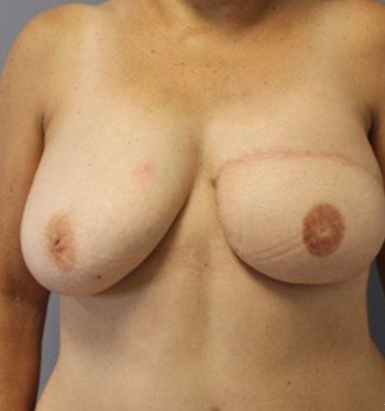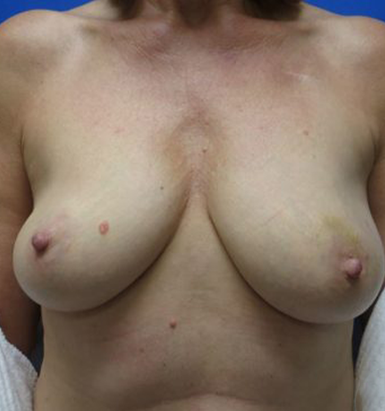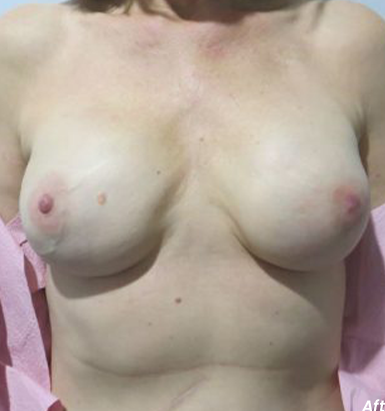Breast Reconstruction
Breast Reconstruction Benefits:
Breast reconstruction surgery is a personal decision. It’s important to note that breast reconstruction surgery is not right for everyone, and it’s important to discuss all options with a qualified healthcare provider. However, for many women, breast reconstruction can be a life-changing procedure that offers numerous physical and emotional benefits. Breast reconstruction surgery can significantly improve a woman’s quality of life by helping her feel more like her pre-surgery self.
Losing one or both breasts can be emotionally traumatic, causing a significant blow to a woman’s self-esteem and confidence. Breast reconstruction surgery can help restore a woman’s sense of femininity and boost her self-image, which can have a positive impact on her overall quality of life.
What to Expect
The best breast reconstruction technique for each patient depends on several factors, including their medical history, breast size and shape, and personal preferences. Here are some of the most common techniques we use to reconstruct breast tissue after a mastectomy or lumpectomy.
- Implant Reconstruction: For this procedure, we use implants to recreate the shape and size of the breast. Implant reconstruction is often a two-step process, but some patients may be candidates for an immediate single-stage reconstruction. In a two-stage operation, first we place a tissue expander, and then in a second procedure we place the permanent implant.
- Autologous Reconstruction: Autologous reconstruction involves using tissue from the patient’s own body to create a new breast. The tissue can come from the abdomen, back, or buttocks.
- Combination Reconstruction: Combination reconstruction involves using a combination of tissue from the patient’s body and an implant to create a new breast. This technique is often used for patients who do not have enough tissue for a complete autologous reconstruction.
- Nipple Reconstruction: During this procedure, we create a new nipple and areola on the reconstructed breast using the patient’s own tissue or through tattooing.
- Fat Grafting: This technique involves using liposuction to remove fat from another area of the body and injecting it into the breast to improve the overall shape and contour.
Medical Review: This procedural information has been medically reviewed by plastic and reconstructive surgeon, Brian A. Cripe, M.D.
Breast Reconstruction FAQs
Book Your Breast Surgery Appointment
Our experienced, board-certified plastic surgeons would love to bring you in for a consultation to discuss your goals and treatment options. Fill out this form to receive a call-back shortly, or give us a call at 928-774-2300.




